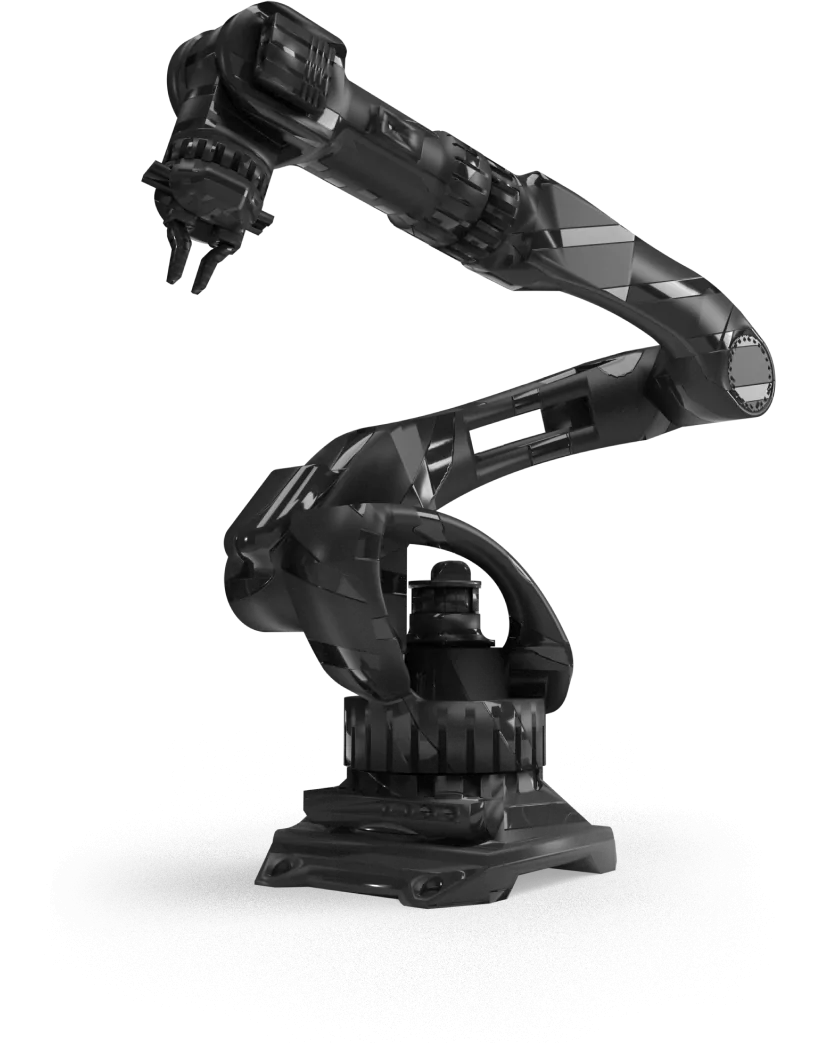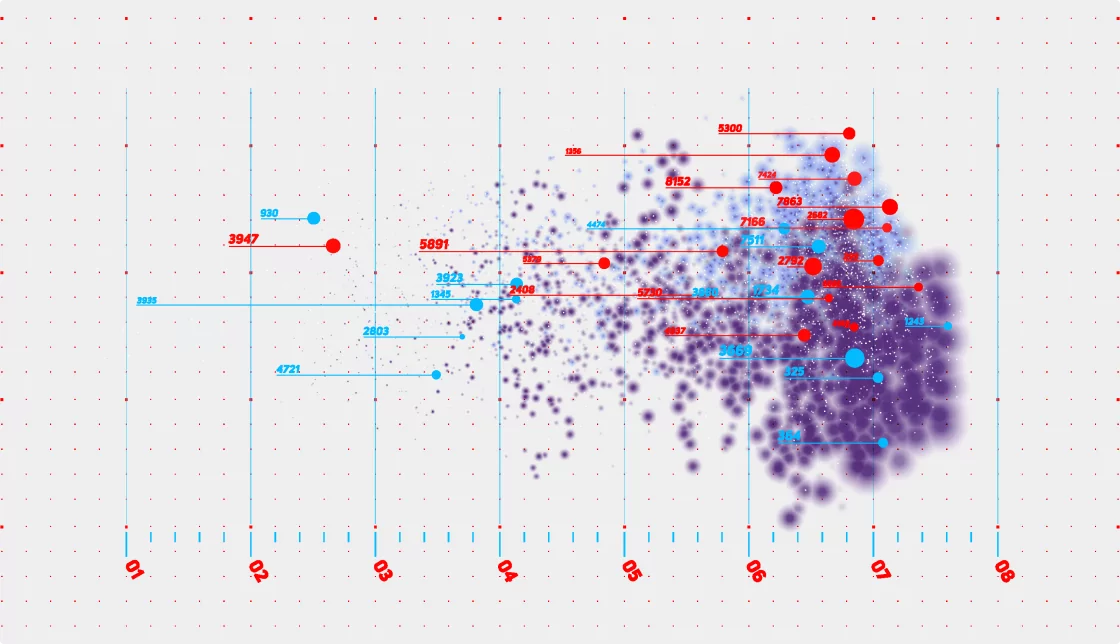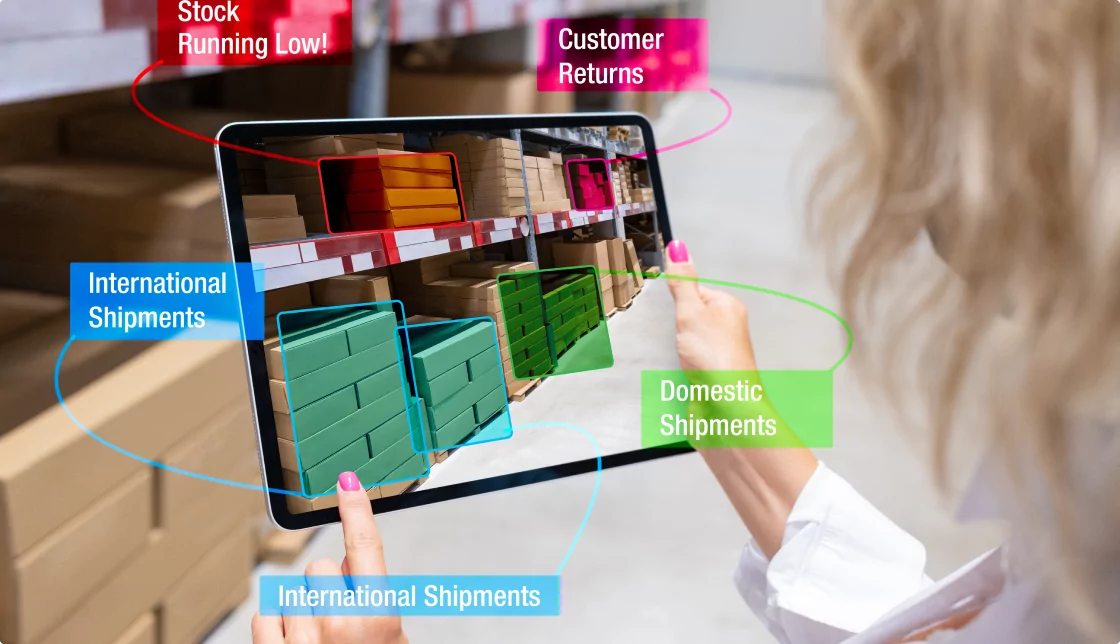


AI-powered chatbots and virtual assistants provide efficient and personalized customer support, addressing inquiries, offering product recommendations, and assisting with purchase decisions. They can handle a large volume of customer interactions simultaneously, ensuring 24/7 availability.
AI algorithms analyze historical sales data, market trends, social media signals, and external factors to predict future demand accurately, which helps retailers optimize inventory levels, minimize stockouts and overstocking, and streamline supply chain operations. Moreover, AI optimizes supply chain operations by monitoring and analyzing logistics, transportation, and inventory management data. It helps streamline processes, reduce costs, improve efficiency, and ensure timely delivery of products.
The numerous applications of AI in workforce management include optimization of employee scheduling and task allocation by analyzing collected data and employee availability. Predictive and automated staff scheduling based on AI forecasting helps retailers align staffing levels with anticipated demand. AI enables performance evaluation and targeted feedback by monitoring employee metrics, such as sales numbers and customer satisfaction. AI-driven analytics provide valuable insights for workforce planning, enhancing operational efficiency and productivity in retail workforce management.
AI enables targeted marketing campaigns by analyzing customer data, including purchase history, browsing behavior, and preferences. Retailers can deliver personalized product recommendations, promotions, and advertisements, enhancing customer engagement and conversion rates.
AI algorithms dynamically evaluate competitor pricing, market demand, and other variables to optimize pricing strategies. Retailers can adjust prices in real-time to maximize profitability, respond to market conditions, and offer personalized pricing to different customer segments. AI facilitates sales automation in the retail industry through AI-powered chatbots and virtual assistants, providing product information, recommendations, and personalized support, automating the sales process. AI algorithms analyze customer data and behaviors to deliver targeted marketing campaigns, optimizing lead generation and conversion.


Used in retail for various applications such as demand forecasting, customer segmentation, fraud detection, and personalized marketing. It helps retailers analyze Big Data to make predictions and optimize business operations.

Data processing in retail involves collecting, organizing, and analyzing data from various sources such as sales transactions, customer interactions, and social media. It helps retailers gain insights into customer preferences, behavior, and market trends to make informed business decisions.

A subset of machine learning, it can be utilized for tasks like image recognition, natural language processing, and sentiment analysis. DL enables retailers to extract insights from unstructured data and provide more accurate and advanced customer experiences.

Applied to enhance the customer experience by allowing virtual try-on of clothing and accessories, visualizing products in a real environment, and creating interactive in-store experiences. It helps customers make informed purchase decisions and increases engagement.

Used to automate repetitive and rule-based tasks such as inventory management, order processing, and data entry. It helps improve operational efficiency, reduce errors, and free up human resources for more value-added activities.

NLP is used in retail for chatbots, voice assistants, and sentiment analysis. It enables retailers to understand and respond to customer queries, extract insights from customer feedback, and provide personalized recommendations based on their preferences, purchase history, and browsing behavior.

Computer vision is used in retail for tasks like product recognition, object detection, and shelf optimization. It enables retailers to automate inventory management, enhance security, and analyze customer behavior in physical stores.
